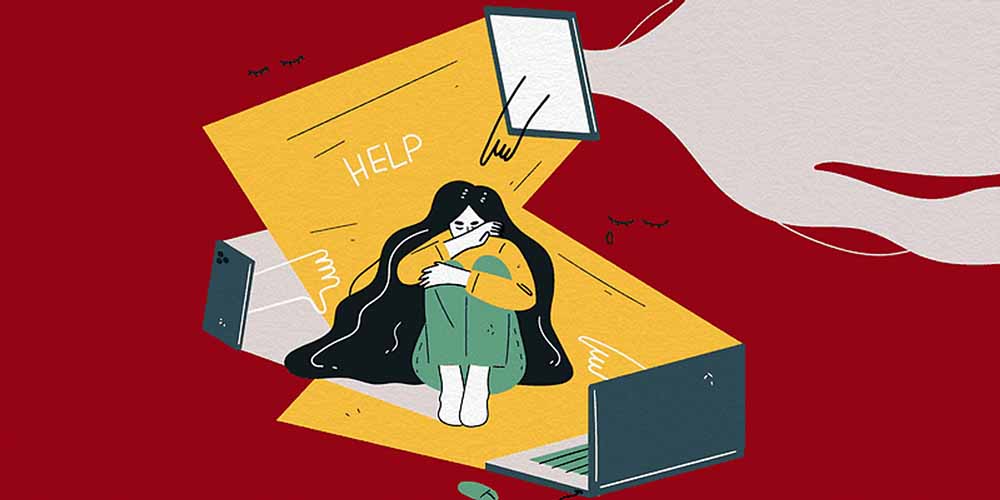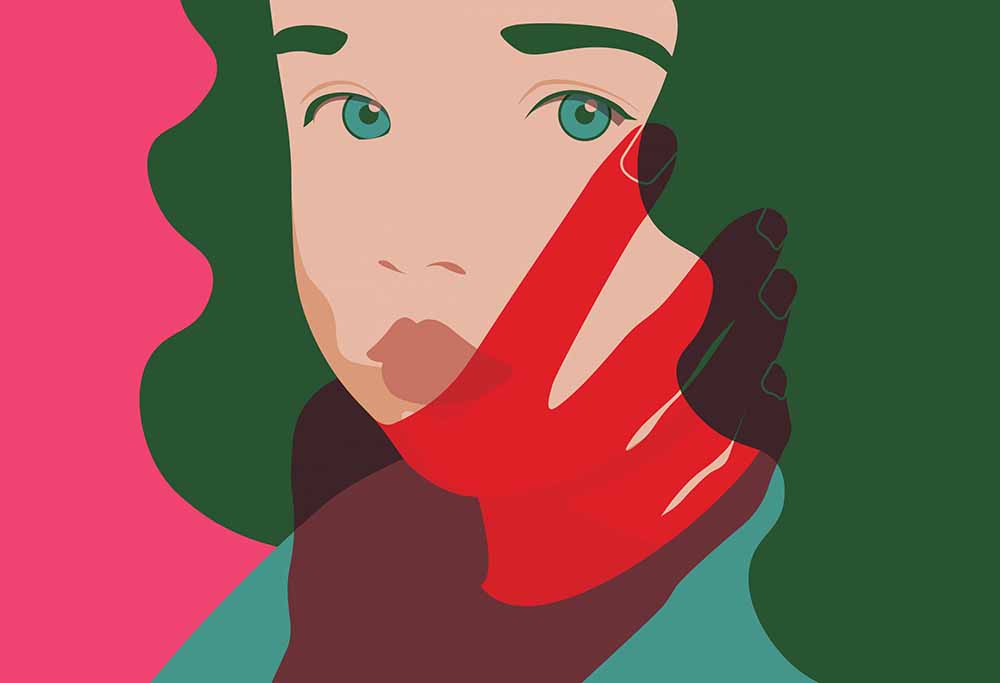Women, girls, and people who identify as gender non-conforming are disproportionately targeted online and frequently experience more serious and enduring repercussions. According to research from the Institute of Development Studies, between 16 and 58 per cent of women and girls have been victims of online violence. Crimes against women are increasing as AI and technology develop, with Deepfake and other similar apps making the problem worse.
Recent incidences have made it even more worrisome, sparking an uproar among people. This includes non-consensual videos of women commuting in metros being populated online in Bengaluru and Delhi (separate scenarios a couple of years apart). The fact that snooping cameras were observing, filming inside the coaches, and posting recordings online without their permission was unknown to the thousands of women who took the metro every day.

Being a woman on the internet can be like walking on a minefield, from getting unsolicited images on social media to dealing with threats of rape and murder. Among the many cybercrimes perpetrated against people and society, the following are among those that target women in particular – cyberstalking, harassment through emails, image morphing, online impersonation, cyber defamation, trolling, gender-based harassment.
We sought advice from legal expert Rhythm Aggarwal on what women should do right away after experiencing cybercrime in order to protect themselves.
In today’s hyperconnected world, women’s bodies continue to be scrutinised, policed, and violated—even through screens. A recent incident where foreign women were filmed without consent at a poolside in India reignited debates around privacy and digital voyeurism. Many argued that clicking photos in public places isn’t punishable, but when done without consent, especially involving private body parts, it crosses a serious line.

Indian law clearly addresses this under Section 66E of the Information Technology Act, which states that capturing, publishing, or transmitting images of a person’s private parts without their knowledge or consent is a punishable offence. Those found guilty can face up to three years of imprisonment, a fine of ₹2 lakh, or both. The law acknowledges that such actions are not mere ‘mistakes’ but calculated violations of personal autonomy and dignity.
In order to educate kids and teens who may have internet access but lack the skills to properly safeguard themselves, she stressed the importance of awareness programs, particularly those aimed at schools. Additionally, the IT Act of 2000 has measures that are especially designed to protect people from online harassment. These regulations include those pertaining to identity theft (Section 66C), sending offensive communications (Section 66A), and the transmission and publication of pornographic material (Section 67).

Rhythm shares that ‘Privacy is not a privilege—it’s a right.’ Women should not have to fight for the basic freedom to exist without being watched or recorded. This is not just about enforcing laws but about creating awareness and supporting victims.
Women who find themselves targeted must act swiftly, by filing a complaint at the nearest cybercrime cell or police station, or registering it online at the National Cyber Crime Reporting Portal, where women’s cases are prioritised. All forms of evidence—screenshots, links, or messages—must be preserved. Anonymous reporting options also exist for those fearing stigma or retaliation.

To build safer digital spaces, we need more than just legislation. Tech platforms must implement stronger safeguards, educational institutions must talk about digital consent, and society must replace indifference with collective accountability. Until then, the internet will remain another battleground where women are forced to defend their right to simply be left alone.
Even in the digital sphere, it is time for women to stand up and resist. Given the increase in cybercrimes that target women, including exploitation, harassment, and stalking, women need to be as vocal about their right to safety online as they are offline. By being aware of their rights, knowing how to protect their personal data, and reporting occurrences through the appropriate channels, women can take back their online space. Awareness and action lead to empowerment, and now is the moment for women to band together, exercise vigilance, and retaliate against these dangers.
Image source: Innovation in politics, Elie, Yourstory